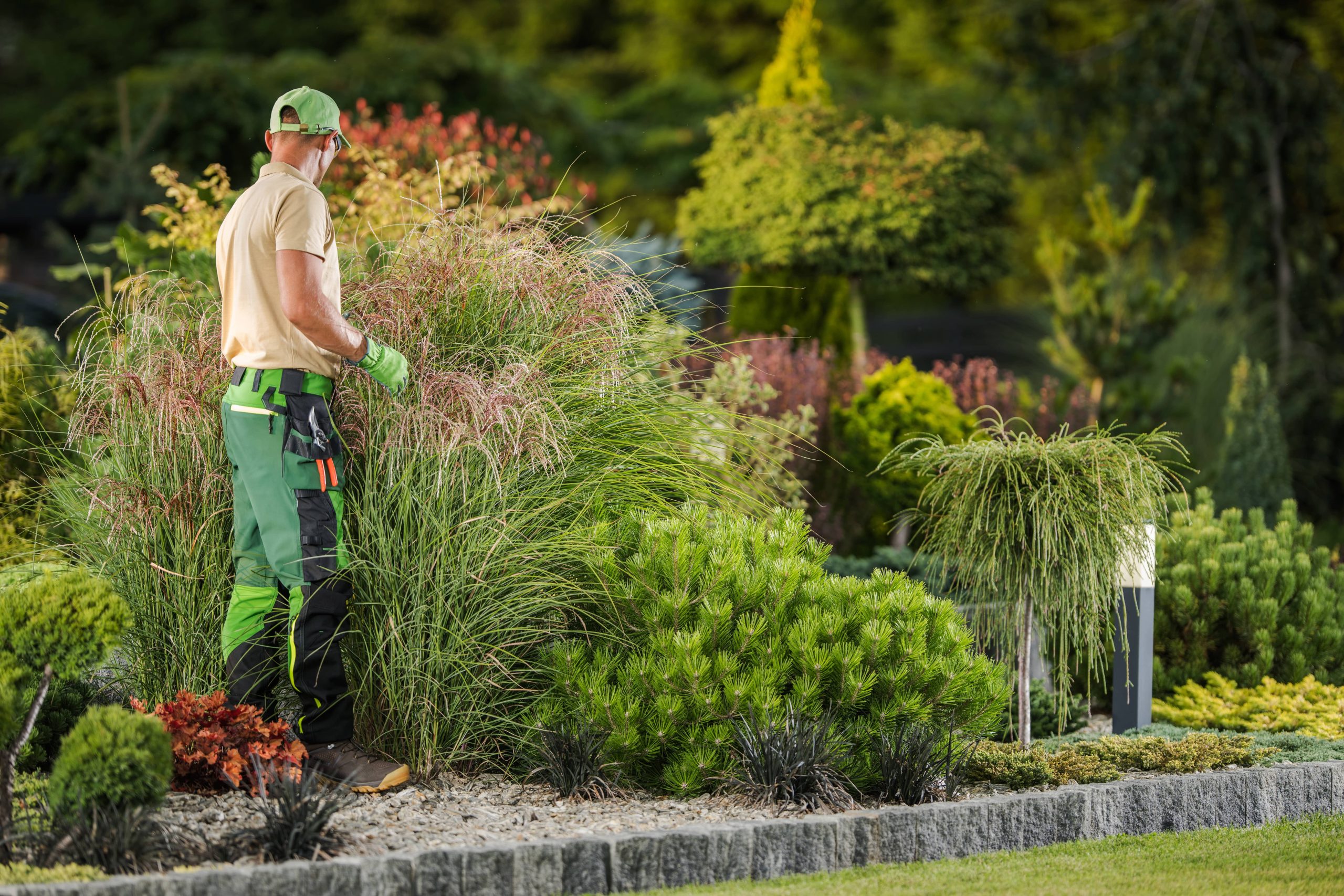
In the realm of outdoor gardening and landscaping, one emphasis is often overlooked: landscape lighting. While many are enthusiastic about planting designs and hardscapes, few realize the transformative power lighting can have on a garden. Not only does it enhance aesthetics, offering an ambiance that elevates evening allure, but it also serves a crucial role in ensuring security. Whether you’re entertaining guests on a warm summer night or simply wish to deter potential intruders, understanding landscape lighting’s full potential is essential.
The Aesthetic Impact
Landscape lighting can dramatically alter the visual dynamics of outdoor spaces. The dance of light and shadow introduces depth and texture, emphasizing the contours of your space in ways that natural daylight cannot.
1. Enhancing Features: Have you invested in a beautiful tree or a sculptural fountain? Accent lighting, which focuses beams on particular features, allows you to highlight these elements even after sunset. By drawing attention to focal points, accent lighting transforms your garden into a living artwork.
2. Creating Ambiance: Pathway lights provide gentle guidance, suggesting a trip through a well-tended landscape. Using warm-toned bulbs can foster an inviting atmosphere that’s both soothing and sophisticated. Whether you are planning a cozy chat at a patio table or an elaborate dinner in the garden, lighting can set the mood.
3. Spatial Perception: Through strategic placement, lighting can manipulate how space is perceived. Moonlighting, achieved by placing lights high up in trees, imitates the natural glow of moonlight. This creates a soft, diffused light that covers a wider area, fostering an open and expansive feeling in small spaces.
The Functional Role
While aesthetics are essential, landscape lighting also plays a practical role in enhancing security and usability. By ensuring well-lit outdoor spaces, you not only make your garden more functional during evening hours but also safeguard your home.
1. Safety: Trips and falls can easily occur in the absence of adequate lighting. By illuminating pathways, stairways, and elevation changes, you ensure that movement around your property remains safe and hazard-free.
2. Deterring Intruders: A well-lit exterior can be effective in warding off potential intrusions. Criminals prefer to operate under the cover of darkness, and an illuminated landscape can make your property a less appealing target. Consider motion-sensor lights for areas that don’t require constant illumination but do benefit from instant lighting in response to movement.
3. Navigation and Comfort: For nightly gatherings or simply to enjoy a quiet moment under the stars, functional lighting allows you to use your outdoor spaces how and when you please. Whether it’s finding your way back to the house or ensuring that everyone can see each other during an evening barbeque, effective lighting solutions can enhance the usability of your landscape.
Types of Landscape Lighting
Choosing the right type of lighting is crucial. Here’s a guide to the various options and their ideal applications:
1. Path Lights: Perfect for walkways and gardens, these are low lights that illuminate paths, driveways, and borders. Their soft glow helps guide guests and offers a charming night-time walk through the garden.
2. Accent and Spotlights: These highlight garden features like statues, shrubbery, or trees. By focusing on specific areas, they create visual interest and bring your landscape to life.
3. Deck and Step Lights: Essential for safety, these are mounted on deck surfaces or steps, providing visibility for elevation changes and enhancing architectural features.
4. String Lights: Often used for ambiance, string lights can hang across pergolas or over gathering spaces. Their whimsical appearance is ideal for creating a festive atmosphere.
5. Wall Lights and Lanterns: Typically mounted on walls or posts, these lights are both decorative and functional, ideal for entryways and patios.
6. Floodlights: Ideal for broad illumination, these lights illuminate large areas such as driveways or backyards. They’re also beneficial for security purposes.
Energy Efficiency and Sustainability
As environmental awareness grows, sustainable solutions and energy-efficient options are increasingly important in landscape lighting. With solar-powered fixtures, there’s no need for wiring or electricity. Instead, they harness natural sunlight during the day to provide lighting at night, making them both cost-effective and environmentally friendly.
LED lights are another sustainable choice, offering long-lasting illumination with minimal energy use. Modern LEDs can mimic various color temperatures, ensuring your lighting remains versatile and adaptable to different needs and moods.
Planning and Execution
Before embarking on a lighting project, evaluate your specific needs and existing landscape. Consider factors like your area’s climate, existing vegetation, and the primary purpose you’d like your lighting to serve. When in doubt, consulting with a professional landscape designer can help tailor solutions that align with your goals and aesthetic preferences.
In conclusion, landscape lighting merges beauty with practicality, turning ordinary gardens into enchanting, functional spaces. Whether creating a captivating nighttime escape or safeguarding your home, thoughtful lighting design is a worthwhile investment that enhances outdoor living. By understanding and harnessing the power of lighting, your garden can shine in more ways than one, promising evenings filled with warmth, security, and charm.













